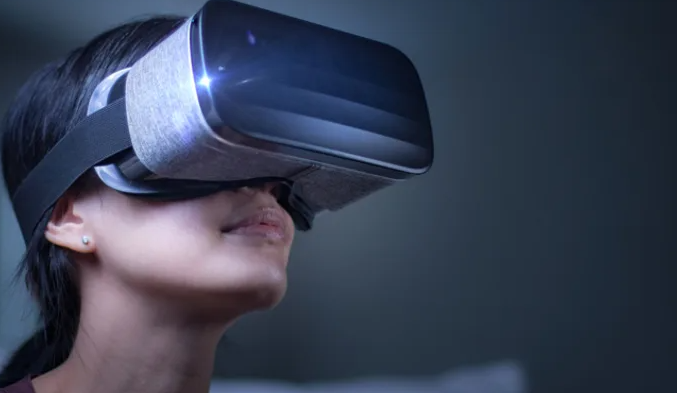USA’s Role in the Development of Virtual Reality Games
In the ever-evolving realm of technology, the United States has emerged as a trailblazer in pushing the boundaries of immersive gaming experiences. This is particularly true in the development of virtual reality games. This article delves into the integral role the USA has played in shaping the landscape of virtual reality gaming. From inception to the cutting-edge innovations of today.

The Genesis of Virtual Reality Gaming
As early as the 1960s, the USA witnessed the birth of rudimentary virtual reality systems. Hence, laying the foundation for a future where gamers could step into alternate realities.
Military Origins and Technological Crossroads
The military-industrial complex, a driving force in American technological innovation, played a crucial role. Virtual reality systems initially found applications in military training simulations. Hence, leading to the convergence of military technology and consumer entertainment.
Early Commercial Attempts
The late 20th century saw the first commercial attempts at bringing virtual reality to the masses.
The Silicon Valley Revolution
The advent of the 21st century witnessed a technological renaissance, with Silicon Valley at the forefront. Tech giants and startups alike began investing heavily in VR research and development. Hence, igniting a new wave of interest in creating more sophisticated virtual reality gaming experiences.
Gaming Industry Collaborations
American gaming industry leaders recognized the potential of virtual reality as a game-changer. Collaborations between tech companies and gaming studios paved the way for the integration of VR into mainstream gaming, with a focus on enhancing user experience and gameplay dynamics.
Oculus Rift: A Game-Changing Moment
In 2012, Oculus Rift, a groundbreaking VR headset, emerged from a Kickstarter campaign. Developed by Palmer Luckey, the headset captured the imagination of both developers and gamers alike. Facebook’s acquisition of Oculus VR in 2014 marked a turning point. Hence, injecting substantial resources into VR development.
PlayStation VR: Bridging the Console Gap
Sony, a major player in the gaming industry, entered the VR arena with the PlayStation VR headset. This move not only bridged the gap between console and PC gaming but also made virtual reality more accessible to a broader audience.
VR in Education and Training
Beyond entertainment, the USA has championed the use of reality in education and professional training. Institutions and companies have embraced VR simulations for everything from medical training to industrial safety protocols. Hence, leveraging the immersive nature of VR to enhance learning outcomes.
E-sports and VR Tournaments
The synergy between virtual reality and e-sports has become increasingly evident. The USA has been at the forefront of organizing VR tournaments. Hence, providing a platform for competitive gaming within immersive environments and further pushing the boundaries of reality as a spectator sport.
Continued Innovations in Hardware
Moreover, American companies continue to innovate in VR hardware development. From more ergonomic and responsive controllers to advancements in haptic feedback technology, these innovations aim to deepen the sense of immersion and redefine how gamers interact with virtual environments.
VR Content Creation and Storytelling
Hollywood, another American entertainment powerhouse, has joined the VR revolution by exploring immersive storytelling. VR films and experiences have become a burgeoning industry. Hence, showcasing the USA’s commitment to pushing the boundaries of narrative within reality.
Social VR Spaces
Furthermore, the development of social reality spaces has added a communal dimension to the gaming experience. American platforms are leading the charge in creating shared environments where users can connect, socialize, and engage in collaborative gaming experiences.
Future Prospects and Collaborations
Looking ahead, the USA remains a driving force in shaping the future of reality gaming. Collaborations between tech giants, gaming studios, and creative minds promise to unlock new dimensions of gameplay. Hence, pushing the boundaries of what is possible within the virtual realm.
Conclusion
In conclusion, the USA’s role in the development of virtual reality games is a testament to its position at the forefront of technological innovation. From early experiments to the current era of immersive experiences, the journey reflects a commitment to pushing the boundaries of what is conceivable in the realm of virtual reality. As technology continues to evolve, the USA stands poised to shape the future of virtual reality gaming. Hence, captivating gamers and expanding the horizons of interactive entertainment.

